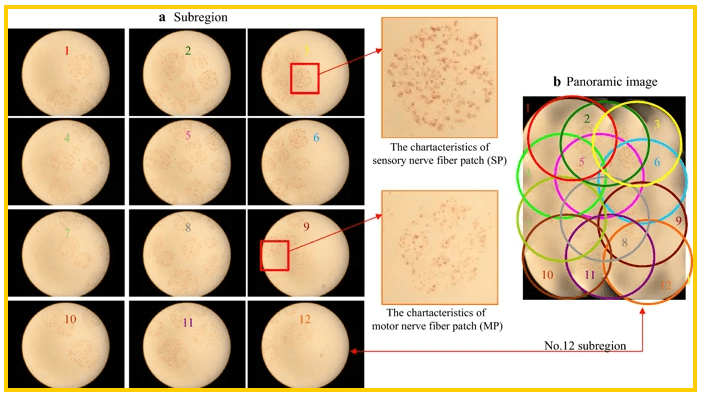Researchers are using 3D printing for nerve reconstruction, learning more about how nerves work both functionally and internally in a peripheral capacity. They outlined their methods and results in the recently published ‘ An enhanced staining method K-B-2R staining for three-dimensional nerve reconstruction .’
In using the 2D staining method with Karnovsky–Roots toluidine blue ponceau 2R (and then toluidine blue counterstain and ponceau 2R counterstain), the researchers were able to ‘significantly improve the ability to display nerve fascicles, motor, and sensory nerve fiber textures.
’ These nerves don’t fit the general definition of ‘peripheral,’ as they offer critical functions in receiving impulses and sending out instructions. With 3D technology, researchers can see incredible intricacies as nerves branch out and connect. They can also learn more about disease and trauma. The 12 sub-region images of a median nerve section (No. 20) following Karnovsky–Roots staining and their mergence to create the panoramic […]
Case Study: How PepsiCo achieved 96% cost savings on tooling with 3D Printing Technology
Above: PepsiCo food, snack, and beverage product line-up/Source: PepsiCo PepsiCo turned to tooling with 3D printing...





0 Comments